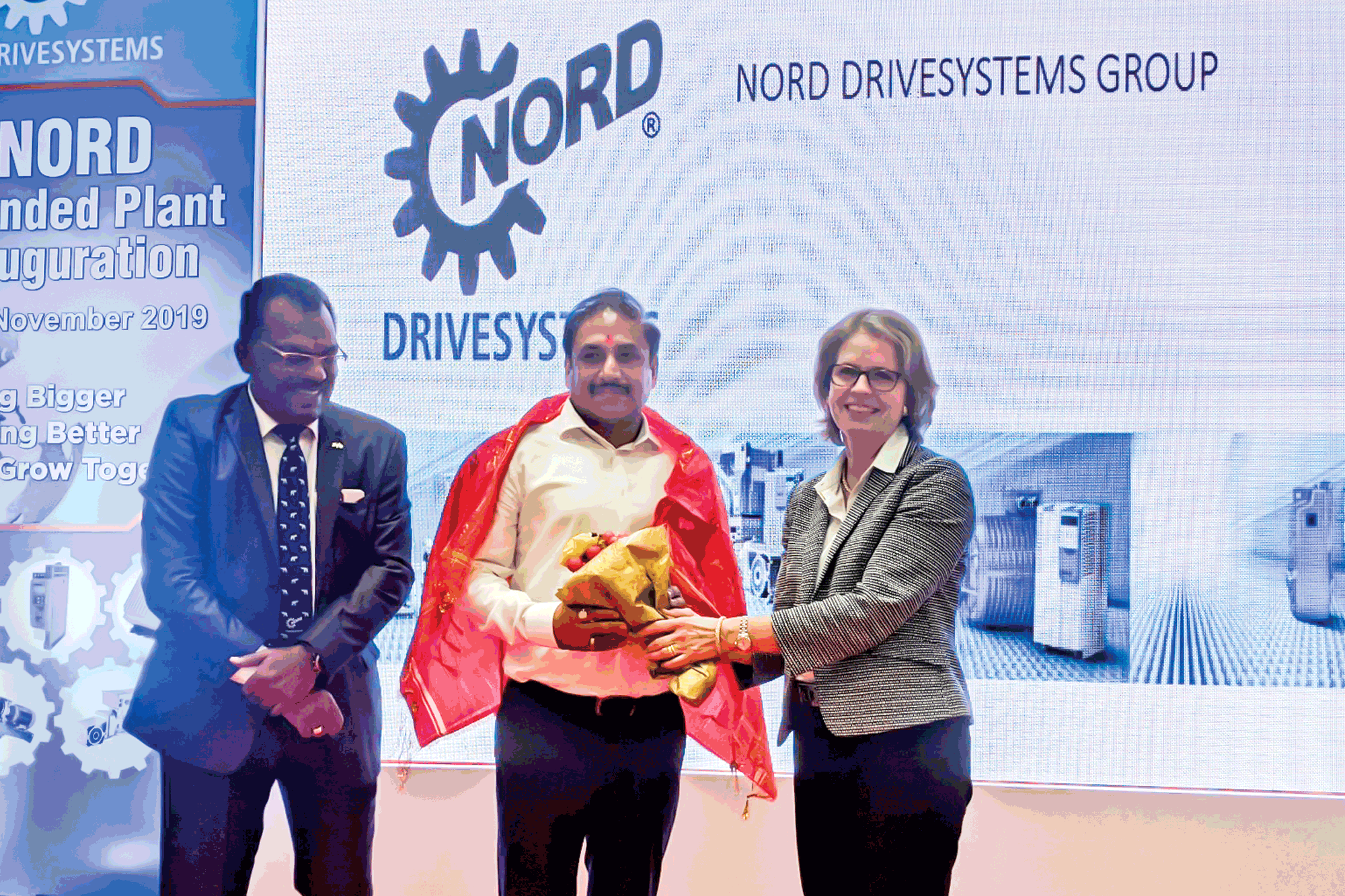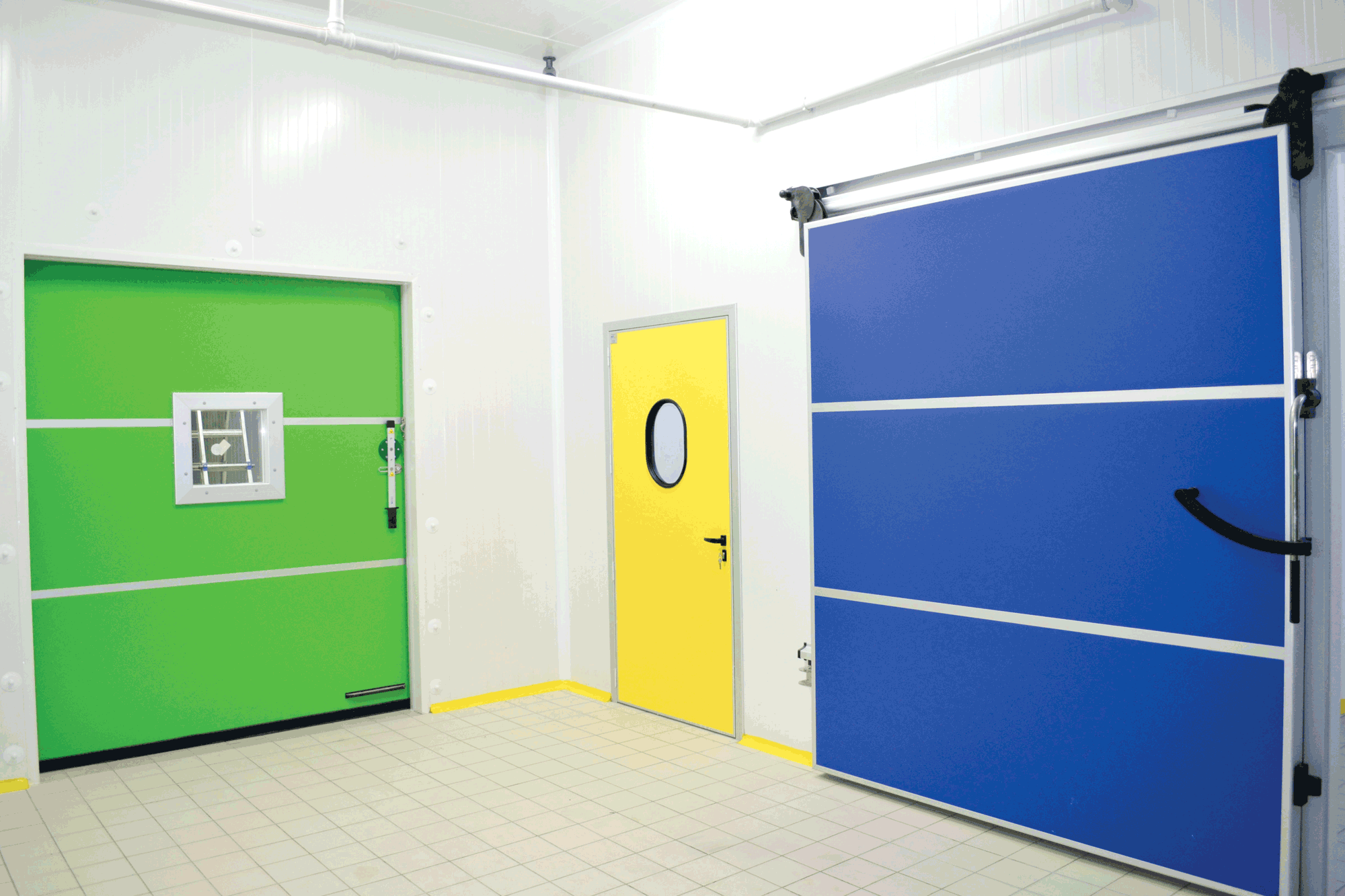Unveiling the basics of turnstiles by Avians
By Edit Team | February 29, 2024 2:21 pm SHARE

Turnstiles, those silent regulators in our busy urban spaces, have evolved significantly since their 19th-century inception. From fundamental barriers to multifaceted gateways, they are vital in managing access and enhancing security. Let’s explore turnstiles’ concise history and functionality in our daily lives.
In busy places where people move a lot, the turnstile acts like a guard, managing the flow of people. You find them at subway stations, airports, stadiums, and entry points. But what are turnstiles, and what is their role in our daily lives?
The origin of turnstiles
The concept of turnstiles dates back to the mid-19th century when public transportation and recreational spaces began to grow rapidly. The need to manage large crowds efficiently and ensure fair access led to the invention of these simple yet creative devices.
Originally, turnstiles were mechanical gates consisting of rotating horizontal arms. Their purpose was to allow the passage of one person at a time while preventing unauthorised entry. This basic principle remains at the heart of turnstile design, but modern iterations have evolved far beyond their early counterparts.
Types of turnstiles: More than meets the eye
Turnstiles come in various forms, each tailored to the specific needs of different settings. Some of the most common types include:
Tripod turnstiles: These are the familiar three-armed turnstiles often seen at public transportation stations. They balance security and user-friendly access, allowing one person to pass through after verification.
Full-height turnstiles: Often used in high-security areas, these turnstiles resemble tall revolving doors. They provide a more robust barrier against unauthorised entry.
P-type turnstile gates: Unlike traditional turnstiles, these electronically controlled gates offer a broader passage area. They’re often used in places where accessibility for people with disabilities is essential.
Functionality: The dynamics of access management
The primary function of a turnstile is simple: to allow authorised individuals to pass while obstructing the passage of unauthorised users. The operations of access control involve several components:
Rotation mechanism: A turnstile revolves around a rotation mechanism at its core. When an individual presents valid credentials – a ticket, RFID card, or biometric scan – the turnstile’s arms or gates unlock and rotate, granting passage.
Verification systems: Modern turnstiles integrate advanced verification systems. These can include barcode or QR code scanners, RFID readers, biometric sensors, or even smartphone apps that validate the user’s identity.
Security measures: Turnstiles play a crucial role in security. They prevent piggybacking (multiple people passing with a single authorisation) and tailgating, boosting safety and accountability. Anti-Climbing Design: Full-height turnstiles feature barriers that extend from floor to ceiling, preventing anyone from climbing over the turnstile.
Emergency release: In case of emergencies or power failures, turnstiles are equipped with emergency release mechanisms to ensure swift evacuation.
Conclusion: More than a gate
While turnstiles may appear as simple gates, they symbolise a sophisticated blend of mechanics and technology. Their unassuming presence contributes to the smooth functioning of our urban landscapes, enhancing security, managing crowds, and enabling seamless access for millions. In the upcoming parts of this series, we’ll delve deeper into the historical evolution, mechanics, applications, and technological innovations that have transformed turnstiles from basic barriers to multifaceted gateways of the modern world. Stay tuned to uncover the fascinating world of turnstiles.
Cookie Consent
We use cookies to personalize your experience. By continuing to visit this website you agree to our Terms & Conditions, Privacy Policy and Cookie Policy.





































-20240213125207.png)

























